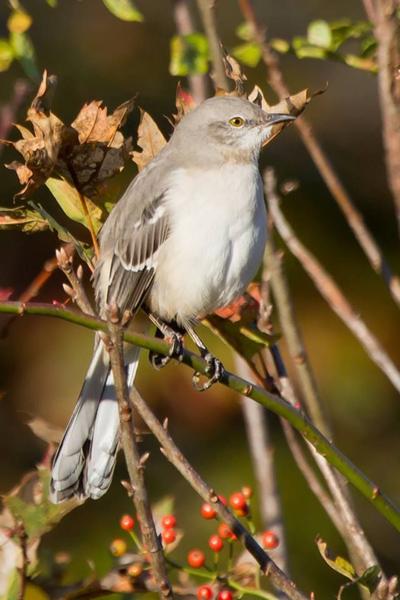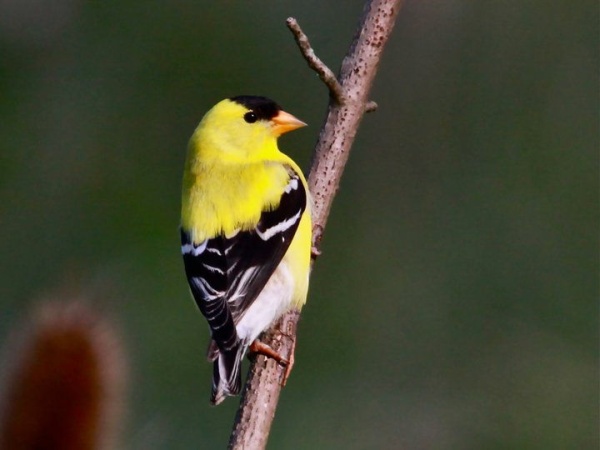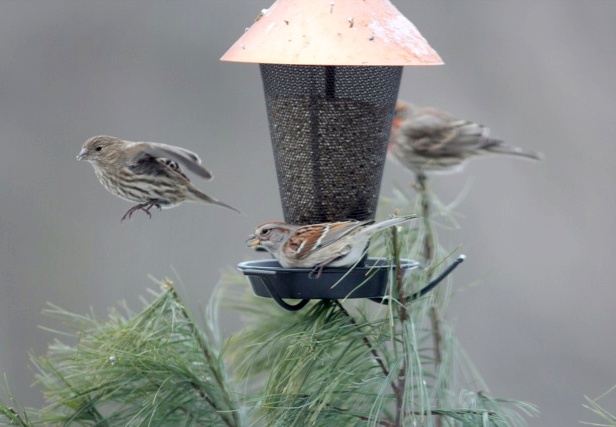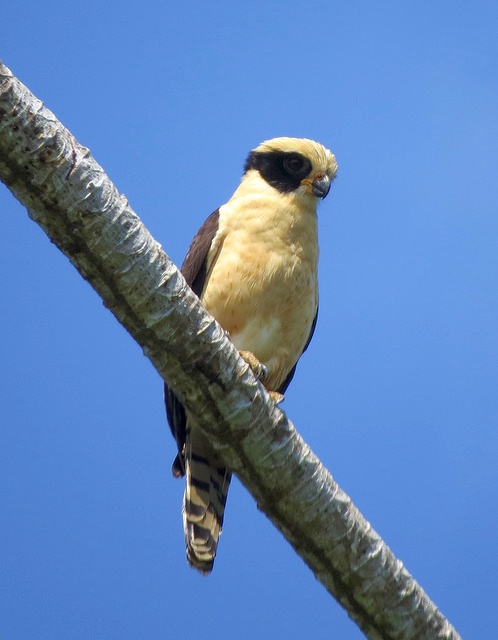Birds use alarm calls to warn each other of danger but pigeons are generally silent. What sound could a pigeon make to signal danger? The crested pigeon (Ocyphaps lophotes) of Australia uses his 8th feather.
Crested pigeons make a whistling sound when they fly — a high note on the down stroke, a low note going up. Researchers found out that the eighth primary feather is the source of the high note and that the speed of the low-high modulation provides the warning.
When a bird flaps slowly the whistle repeats slowly, so other pigeons decide the bird is not afraid. When the sound repeats rapidly it sounds like the pigeon is fleeing, so the other birds do, too.
Watch the video or read about this discovery here in Science Magazine.
p.s. Mourning doves (Zenaida macroura) make a similar whistling sound when they fly. I wonder if it functions as a warning sound.







